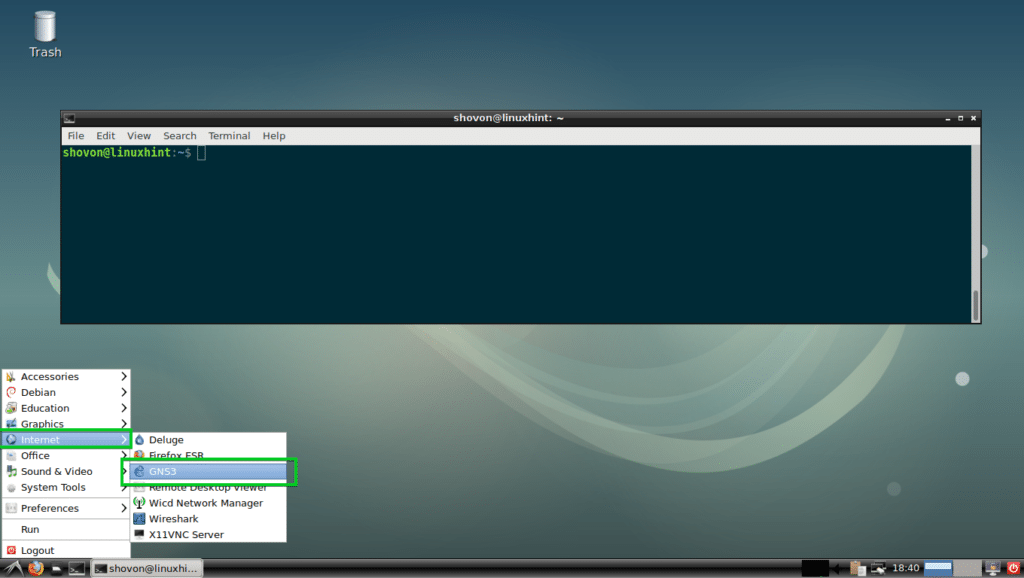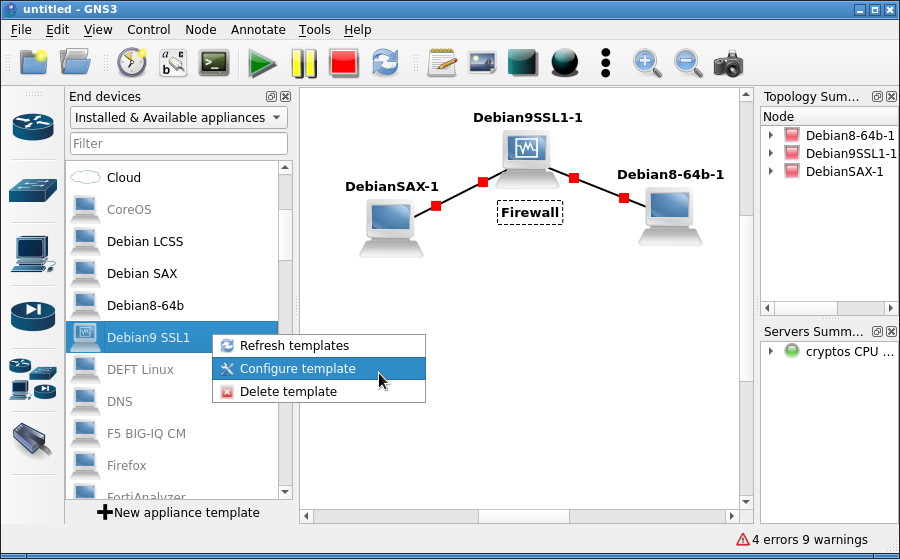
How exactly is the interconnection between the router and the VirtualBox accomplished? Is there an emulated switch inbetween, or is it done over some kind of bridging?Īre you running the newest GNS3 and dynamips? There was a bug in older versions that could possibly cause packet looping between routers on the same segment. Interestingly, packets sent by your VirtualBox machine are not duplicated, only the router's are. If somehow this message was reflected back to the router, it could have possibly triggered the IPv6 address conflict on the IOS. There is also a duplicated ICMPv6 Neighbor Solicitation sent by your router at time index 44.69. For example, check the CDP messages: two of them are recorded precisely at time 34.44, other two at time 42.277, yet another two at time 44.615, and so on.

So basically if I send any traffic to 10.230.134.38, 127.0.0.0/8, 127.0.0.1 (redundant), 172.17.42.1, or 192.168.0.20, the traffic will get routed over the loopback interface, even though those IPs are really on a different interface.I have noticed something strange: all packets sent by your router are duplicated, as if they were sent out and subsequently received back. You can view the contents of the 'local' table with the following: ip route show table local

All the routes in this table route traffic over the loopback interface. When an IP is added to a box, a route for that address is added to the 'local' table. The traffic is going over the lo interface. Maybe tcpdump should be bound to the interface a different way? However, it is hard to see how this could apply to TCP data packets. This might sound obvious, but could be a source of confusion at first (it was for me). If you think about it, it's exactly what would happen if you pinged another interface's IP address (for example eth0): no packets would be sent out. This is correct: since we're pinging the interface's IP address, the operating system correctly decides that no packet needs to be sent "on the wire", and the kernel itself is replying to these pings. There is no traffic going through the interface.

Looking at the output of tshark, we see.nothing.

In a third, make an HTTP request with curl: curl Īlthough in terminal 2 we can see the data from the curl request, nothing shows up from tcpdump.Ī Tun/Tap tutorial clarifies some situations where the kernel may not actually send any packets when one is operating on a local interface: In a second, listen on it with nc: nc -l 99.99.99.1 2048 In one terminal, watch it with tcpdump: tcpdump -i dummy10 Here is how I set up the dummy interface: ip link add dummy10 type dummy I have been experimenting with veth, tun and dummy interface types on all three, I am having trouble getting tcpdump to show anything. I would like to capture traffic on Linux virtual interfaces, for debugging purposes.


 0 kommentar(er)
0 kommentar(er)
